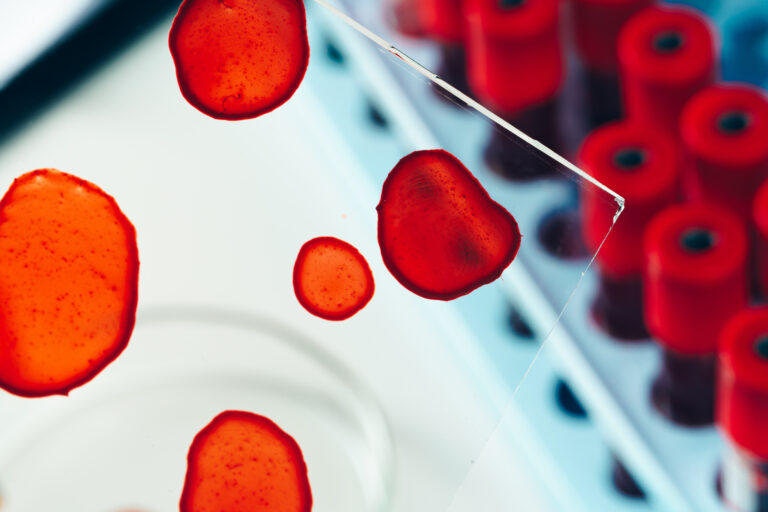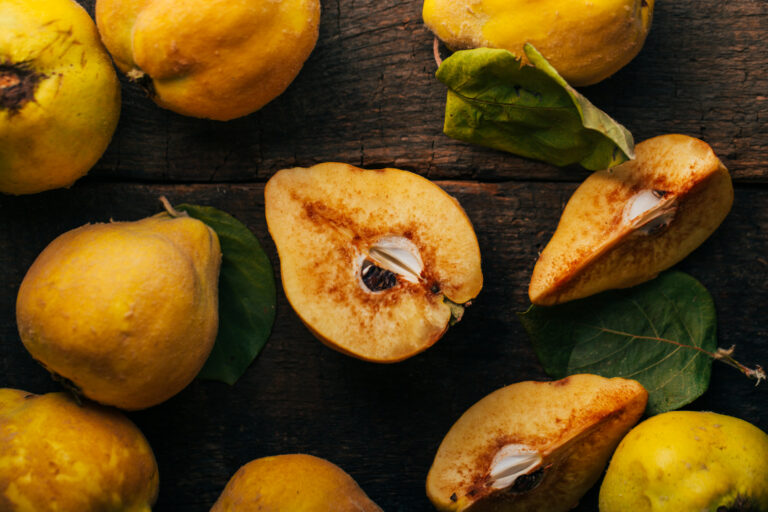Changes in Physicochemical and Bioactive Properties of Quince (Cydonia oblonga Mill.) and Its Products
Quince (Cydonia oblonga Miller) is a plant commonly cultivated worldwide, known for centuries for its valuable nutritional and medicinal properties. Although quince fruits are highly aromatic, due to their high hardness and sour, astringent, and bitter taste, they are not suitable for direct consumption in their unprocessed form. However, they are an important raw material in fruit processing, such as in the production of jams, jellies, and juices.
Considering that technological processing affects not only the organoleptic properties and shelf life but also the functional properties of fruits, the aim of this study was to determine the influence of different types of technological processing on the physicochemical and bioactive properties of quince fruits.

Quince:
Common quince (Cydonia oblonga Miller) is the only representative of the quince genus and belongs to the Rosaceae family, which also includes apple and pear trees. Its place of origin is considered to be the western part of Asia, although it has now spread to other continents, where it occurs both as a wild plant and cultivated in home gardens or parks for ornamental purposes, as well as grown for its edible fruits. The largest global producer and distributor is Turkey (supplying 25% of the world’s production), followed by China, Iran, Argentina, and Morocco (supplying 10% of the world’s production). Quince fruit production in Turkey increased by about 66% between 2006 and 2020.

Quince properties:
Quince fruits are increasingly attracting the interest of scientists and consumers due to their wide-ranging health benefits, which are associated with hypoglycemic, anti-inflammatory, anticancer, antibacterial, antiallergic, and antiulcer effects. The medicinal properties of quince fruits have been known for years and widely used in folk medicine. The traditional method of treating ailments such as gastrointestinal disorders, nervousness, insomnia, cough, fever, respiratory diseases, urinary tract disorders, gastric ulcers, diabetes, skin conditions, migraines, colds, flu, inflammatory bowel diseases, and conjunctivitis involves using various parts of the quince: seeds, fruits, roots, and leaves.
Research objective:

Research findings:
The conducted studies have shown that fresh quince fruits and processed quince products can be a very good source of bioactive components in the diet, such as tannins (3.64 ± 0.06 mg/100 g in fresh fruits; ranging from 2.22 ± 0.02 mg/100 g to 5.59 ± 0.15 g/100 g in products), carotenoids (44.98 ± 0.18 mg/100 g in fresh fruits; ranging from 141.88 ± 0.62 mg/100 g to 166.12 ± 0.62 mg/100 g in products), and polyphenolic compounds (246.98 ± 6.76 mg GAE/100 g in fresh fruits; ranging from 364.53 ± 3.76 mg/100 g to 674.21 ± 4.49 mg/100 g in products). Quince fruits and quince products also exhibit high antioxidant properties (452.41 ± 6.50 µM TEAC/100 g in fresh fruits; 520.78 ± 8.56 µM TEAC/100 g to 916.16 ± 6.55 µM TEAC/100 g in products). Selecting the appropriate technological processing for quince fruits may enable producers to obtain high-quality fruit products and serve as a starting point for developing functional products with the addition of quince fruits in various forms, with high health value and wide application in both the food and pharmaceutical industries.
Similar Articles

Learn more about our ongoing projects and the range of services we offer.
Get in touch with us


 Read the article
Read the article
 Read the article
Read the article
 Read the article
Read the article